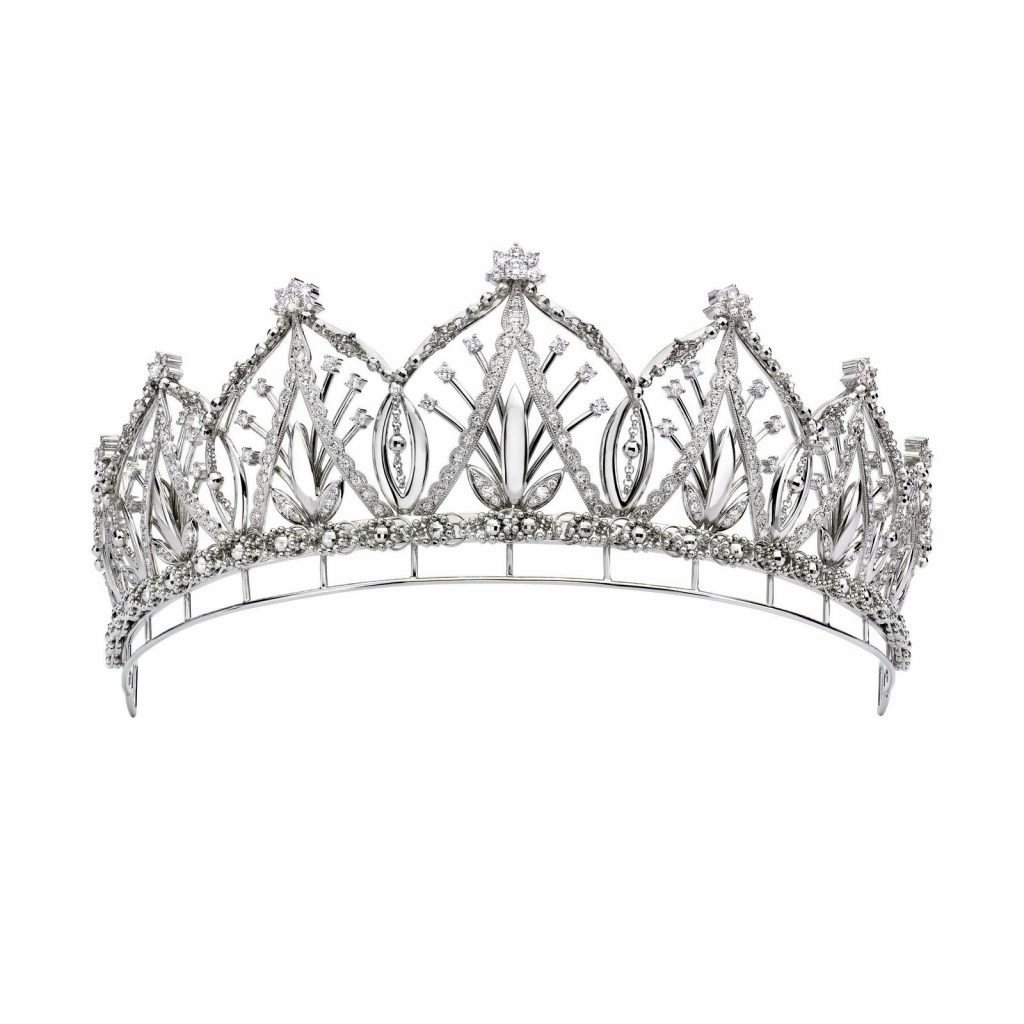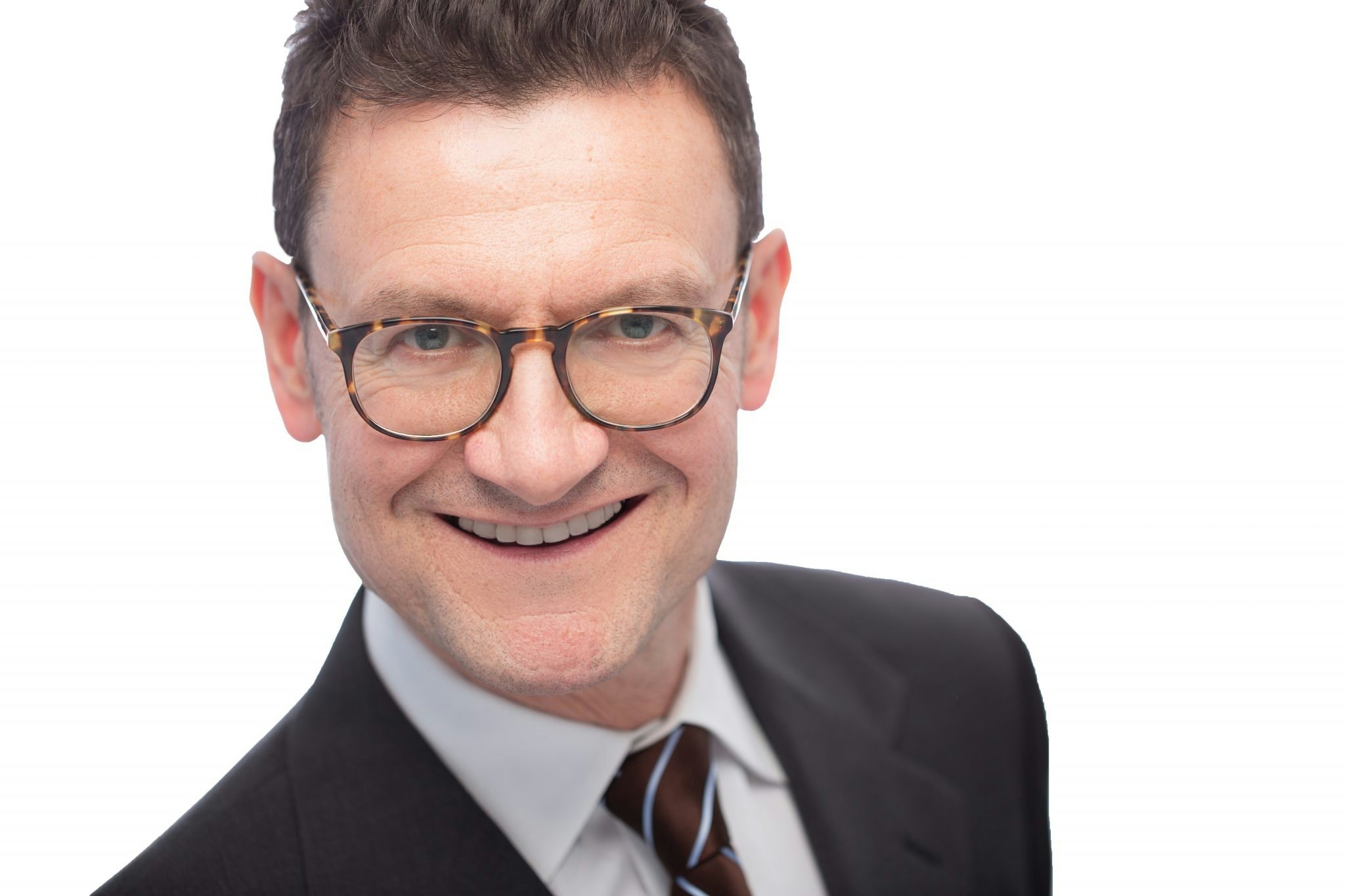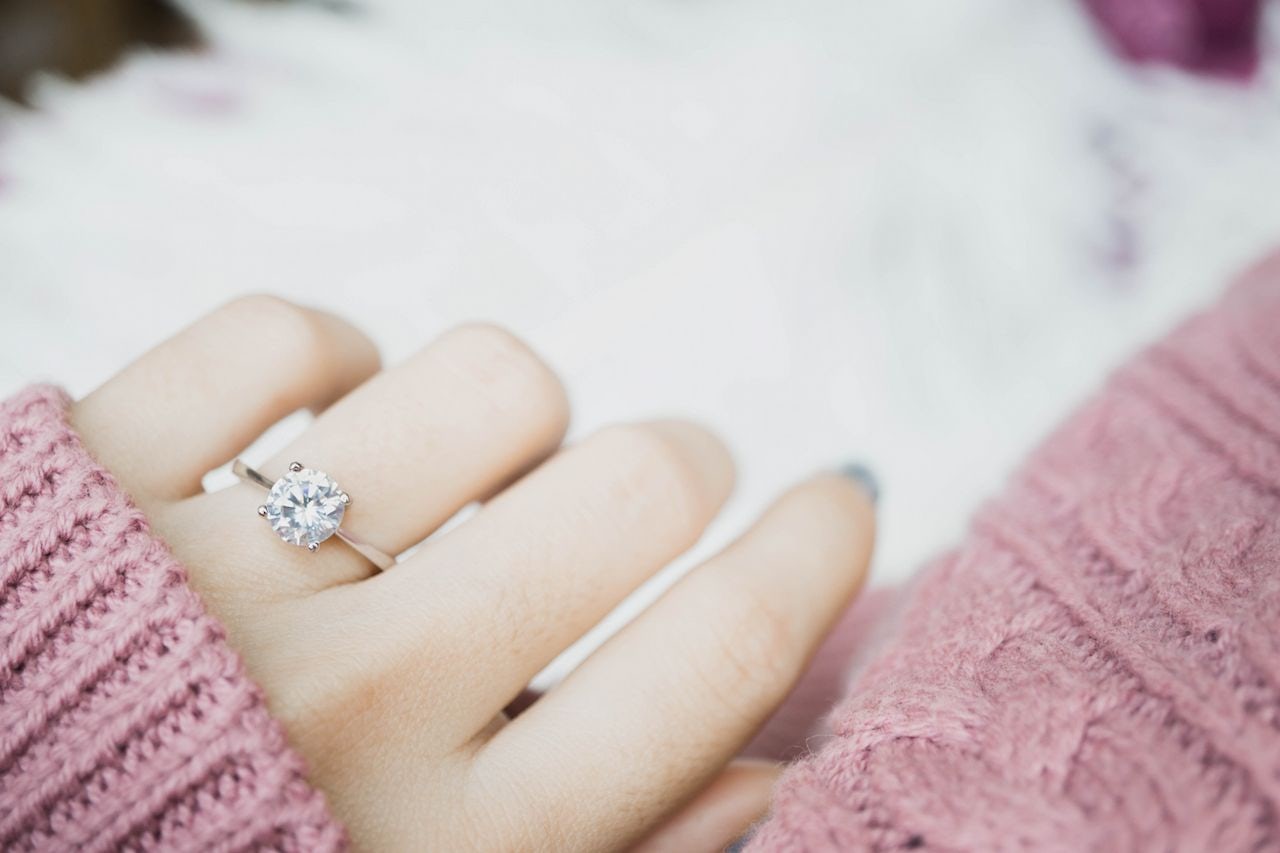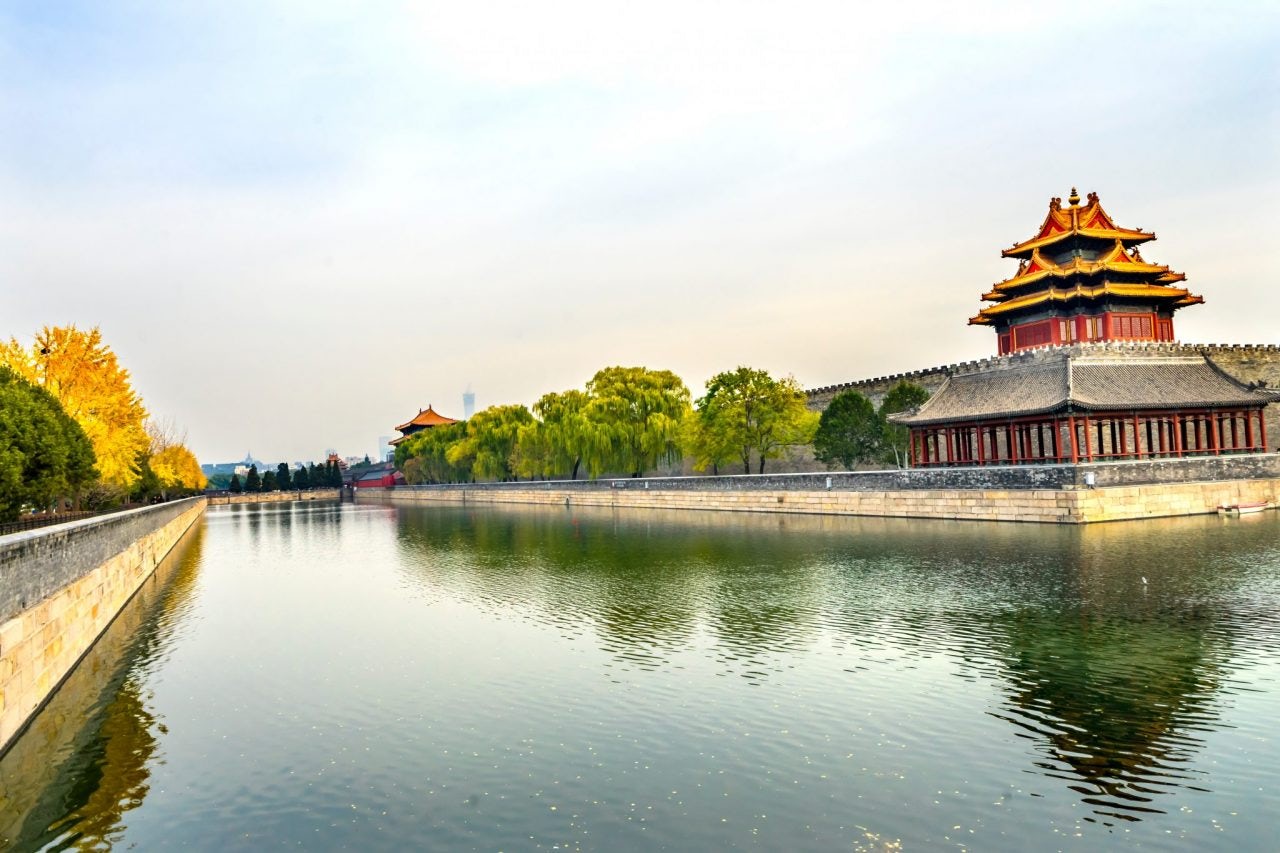What De Beers does for diamonds, Platinum Guild International (PGI) does for platinum. It was established in 1975 as a way for platinum producers in South Africa, who control over 70 percent of mine supply, to develop markets for the metal abroad. With its headquarters in Hong Kong and a regional office in Shanghai, PGI works with over 60 retailers and 8,000 stores in Mainland China, which has become the biggest platinum market in the world. We spoke to CEO Huw Daniel about evolving attitudes to precious metals and jewelry in China.
How long has platinum been around?#
Because of its very high melting point, a way to melt platinum was only discovered in the late 18th century. It only really took off in the mid 19th century, having been pioneered by people like Louis-Francois Cartier (the founder of Cartier) as an alternative to silver, which is soft and tarnishes. Platinum has all kinds of properties which make it ideal for setting gemstones — it’s a strong, dense and tensile metal, and unlike white gold, is naturally white which lends itself very well to making fine jewellery.
Gold is incredibly important in Chinese culture. Along with red, gold is a favoured colors. Gold necklaces are given at wedding ceremonies, and gold offerings are burnt at temples. What does platinum offer that outweighs all that heritage?#
When we started our activities back in the mid ’90s, the market was primarily yellow gold. Platinum was the only white precious metal traded on the Shanghai Gold Exchange. We positioned it as the choice of the new generation. We got the design industry up and running in Shenzhen, making pieces that were more feminine, younger, more forward looking than what was on offer in gold.
We actually introduced the platinum pair rings (i.e. wedding bands) concept at a time when China was beginning to adapt features of the Western wedding ceremony — the white dress and exchange of vows. It was also the time when the market was beginning to look at diamonds, which look better and are set more securely in platinum than gold. Plus at that time you had Tom Ford at Gucci who had a very white aesthetic, and many luxury brands had shifted from bronze and gold palettes to white.
What role does PGI play in the Chinese platinum market?#
We do market development. Our core work is really around understanding the consumer. We work closely with the leading retailers, from national to regional chains right down to independent retailers. We also market directly to the consumer, traditionally with quite high profile celebrities like Maggie Cheung, Zhang Ziyi, and currently Yang Yang (杨洋) and then in more recent years, shifting our marketing into digital, with some online television. We also have our own platforms, website, various digital properties, and we work with some of the leading fashion magazines and e-commerce platforms. Tmall is one example.
In terms of product placement, it starts with what we do in America. We have most of the award show red carpets, with celebrities adorned with statement platinum jewellery. Then in China, we do a similar thing, but we also look at KOLs because the whole celebrity landscape has become very fragmented. In the old days you had one celebrity and you appealed to everybody. That doesn’t work anymore because everyone has their favourite celebrity today.

How big is the platinum market in China?#
There was barely any business in China at all before the 1990s, then it really took off in the mid ’90s. Now, China is the biggest market by far, accounting for over 50 tonnes and about 65 percent of the total demand for global platinum jewelry.
PGI aren’t retailers. So who sells platinum to Chinese consumers?#
Starting at the top, you’ve got the Hong Kong chains which represent about 20 percent of the business, and pretty much all of those chains that are in China carry platinum. Some are more gold focused, but the others have a broad platinum offering. Then you’ve got the mainland national chains which represent about 30 percent of the market, which are big state owned enterprises. Regional chains are a really interesting group of retailers. I think the consumer experience in these stores is better than what you’ll get in some of the retailers in Americas and Europe. The last group is what we call individual retailers — mom and pop stores.
What about foreign luxury brands?#
Western foreign luxury brands are in China, and their wedding jewelry is exclusively in platinum. Tiffany is by far the strongest platinum player in that set. However, the local platinum business has much deeper penetration into Tier 3 and Tier 4 cities than the international brands. Notably, platinum has over 50 percent share of the bridal jewellery market in Mainland China.
What motivates people to buy platinum jewelry?#
Sales are dominated by love gifting occasions. Our core business is platinum pair rings, exchanged during weddings, plus wedding jewelry, birthday gifts, anniversaries, and Valentine’s Day gifts. In China, our tag line is “Never fading commitment.” This talks to the eternal nature of the metal, and that platinum represents what every couple hopes for a marriage that it will last a lifetime. If you’re looking to express meaning, platinum is the most powerful way to do that. Never fading also refers to the fact that platinum is the only naturally white metal, whereas 18 karat white gold is plated yellow gold, which turns yellow when the coating rubs off.
March 8 was International Women’s Day, and many Chinese platforms encouraged women to purchase items for themselves. How much does self-gifting contribute to platinum sales?#
Actually, historically that’s where the business started. Platinum was primarily a self-purchase business. We do have quite a high proportion of jewellery that remains in the self-purchase category. The first piece a girl buys for herself is likely to be platinum, and the first diamond she buys for herself is probably going to be set in platinum. If you look at the brand ambassadors we had, it was modern women buying platinum as an expression of their inner strength and Qizhi.
The platinum price (30.98 per gram) is more volatile than gold (42.62 per gram). It was twice as high as gold in 2008, but right now it’s less. People are more likely to move their money into gold during an economic downturn, whereas platinum prices tend to fall as demand from industry drops. How important is a metal’s store of value to Chinese consumers?#
You can’t discount it. When the platinum price increases, you see an increase in jewellery purchases. We’ve been in a low-price market for the past four years, but when it picks up, we see buying. That’s the mentality of the Chinese consumer. There is an awareness of the inherent value of the metal.
But the meaning to the consumer is quite different to gold. if you ask Chinese consumers which precious metals are strongly associated with love, 74 percent say platinum, 12 percent say yellow karat gold, and 19 percent say white gold. If you put diamonds in that mix, platinum would still be higher.
Jewelry that has meaning attached to it — given to me by my grandmother, wedding rings — what we call heirloom jewellery, is more valuable to consumers, and less likely to be exchanged and recycled. This is why jewellery with meaning remains the focus of our marketing effort.


